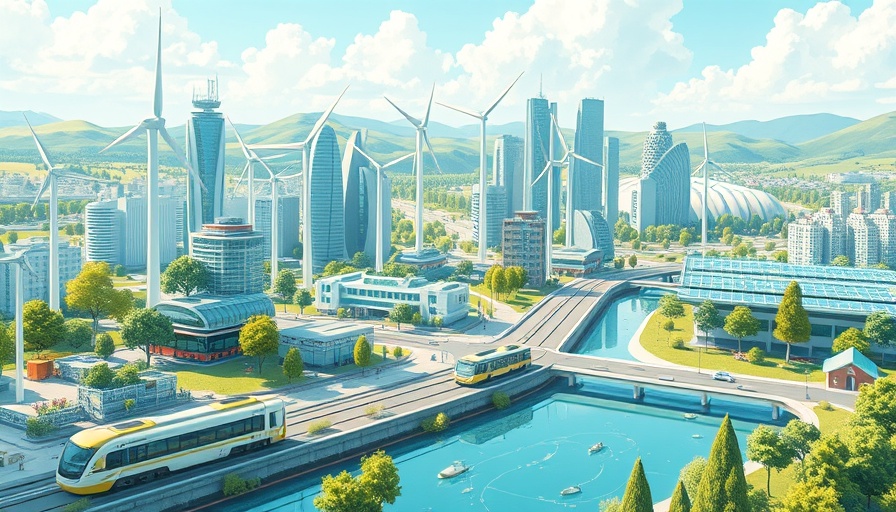
The Essence of a Modern Farmhouse: A New Perspective
When considering the difference between a traditional country house and a farmhouse, a modern perspective comes to light. A farmhouse is not just a picturesque abode; it acts as the heart of agricultural life. It symbolizes utility, work, and connection to the land. This exploration delves into the essence of a farmhouse and how modern design respects its roots while inviting in contemporary flair.
In 'Inside a Modern Farmhouse with a Hidden Courtyard,' the discussion dives into the interplay between farmhouse functionality and design, exploring key insights that sparked deeper analysis on our end.
Designing Functionality: The Farmer’s Home
Recent architectural innovations in farmhouse design highlight an essential upgrade: recognizing the work-life relationship that exists in such homes. The architecture becomes a dialogue between functionality and aesthetics. For instance, the plan of the house is formulated around a central courtyard that connects various living areas while accommodating the farmer’s daily needs. It beckons visitors into a verdant space with sliding doors that blur the line between indoors and out.
Creating Emotional Spaces
Interior spaces in farmhouses have transitioned from merely utilitarian features to warm, inviting environments. Utilizing materials like timber, concrete, and custom rugs enhances the emotional resonance of these spaces. They create a sanctuary where a farmer can transition from labor to leisure, ideally suited for a lifestyle that weaves together work and home in beautiful ways.
Landscaping Inspired by Nature
In designing gardens, landscape architects are now leaning toward using local flora, which honors natural ecosystems while providing a stunning aesthetic. This trend towards integrating Australian species in what might resemble a Japanese garden shows a profound respect for the environment without sacrificing beauty. Such thoughtful landscaping emphasizes not only visual appeal but also sustainability.
Why a Modern Farmhouse Matters
Ultimately, understanding modern farmhouses isn’t just about architecture; it reflects larger societal changes surrounding how we view home, work, and community. These structures not only house families but embody resilience, tradition, and innovation—all key qualities for a sustainable future.
 Add Row
Add Row  Add
Add 




Write A Comment